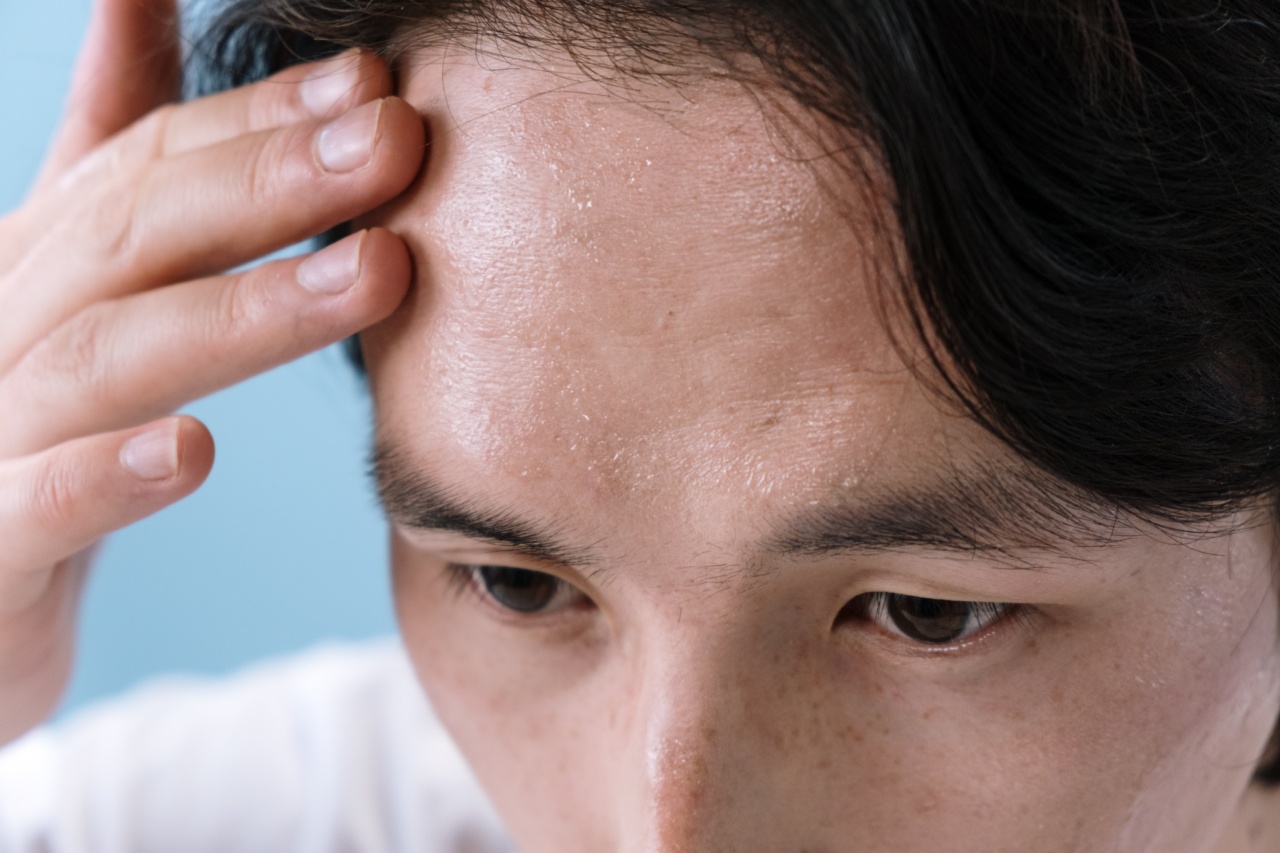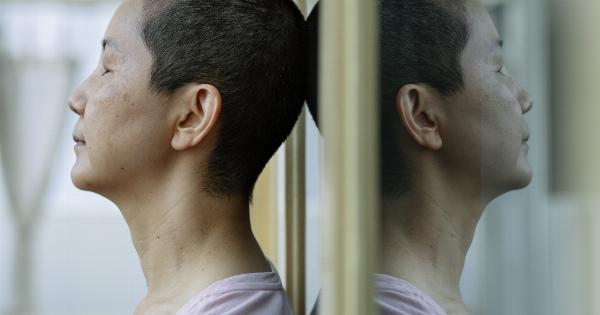Parkinson’s disease is a neurological disorder that affects movement, coordination, and balance.
Named after the English doctor James Parkinson who first described the condition in 1817, Parkinson’s disease is now known to be a complex condition with various causes, symptoms, and treatment options.
The Causes of Parkinson’s Disease
While the exact causes of Parkinson’s disease are not fully understood, several factors have been identified as potential contributors to its development. These include:.
1. Genetic Factors: Certain genetic mutations have been associated with a higher risk of developing Parkinson’s disease.
However, these mutations are relatively rare, and most cases of Parkinson’s disease occur in individuals without a family history of the condition.
2. Environmental Factors: Exposure to certain environmental toxins, such as pesticides and industrial chemicals, has been linked to an increased risk of Parkinson’s disease.
However, the exact relationship between environmental factors and the development of Parkinson’s is still under investigation.
3. Aging: Parkinson’s disease is more common in older individuals, with the majority of cases being diagnosed in people over the age of 60.
While aging itself does not cause Parkinson’s disease, the risk of developing the condition increases with age.
4. Neurodegeneration: Parkinson’s disease is characterized by the progressive degeneration of dopamine-producing nerve cells in the brain.
The exact mechanisms leading to this neurodegeneration are not fully understood, but it is believed to involve a combination of genetic and environmental factors.
The Symptoms of Parkinson’s Disease
Parkinson’s disease is known for its wide range of symptoms, which can vary in severity and progression from person to person. The most common symptoms of Parkinson’s disease include:.
1. Tremors: The hallmark symptom of Parkinson’s disease is tremors, which usually start in the hands or fingers.
These tremors may initially be mild and occur only on one side of the body but can worsen and spread to other parts of the body over time.
2. Bradykinesia: Bradykinesia refers to a slowness of movement and is another prominent symptom of Parkinson’s disease.
It can manifest as difficulty initiating movement, reduced arm swing while walking, or overall slowness in performing daily activities.
3. Muscle Rigidity: Parkinson’s disease can cause stiffness and rigidity in the muscles, making it challenging to perform simple tasks. The muscles may feel tight and resistant to movement, causing discomfort and pain.
4. Balance and Coordination Problems: Parkinson’s disease can affect balance and coordination, leading to difficulties with walking and posture. People with Parkinson’s may experience frequent falls or have a stooped posture.
5. Changes in Speech and Writing: Parkinson’s disease can affect the muscles involved in speech production, resulting in changes in speech volume, clarity, and speed. Similarly, handwriting may become smaller and more cramped.
6. Non-Motor Symptoms: In addition to movement-related symptoms, Parkinson’s disease can also present with various non-motor symptoms. These may include depression, anxiety, sleep disturbances, cognitive changes, and digestive issues.
Treatments for Parkinson’s Disease
While there is currently no cure for Parkinson’s disease, there are various treatment options available to manage its symptoms and improve quality of life. The most common treatment approaches include:.
1. Medications: The primary treatment for Parkinson’s disease involves the use of medications that help replenish or mimic the effects of dopamine, a neurotransmitter that is depleted in Parkinson’s patients.
These medications can help alleviate symptoms and slow down disease progression.
2. Deep Brain Stimulation (DBS): Deep brain stimulation is a surgical procedure that involves the implantation of electrodes in specific areas of the brain.
These electrodes deliver electrical impulses to regulate abnormal brain activity and can significantly improve motor symptoms in Parkinson’s disease.
3. Physical Therapy: Physical therapy plays a crucial role in managing the physical symptoms of Parkinson’s disease. It focuses on improving mobility, strength, balance, and flexibility through various exercises and techniques.
4. Occupational Therapy: Occupational therapy helps individuals with Parkinson’s disease maintain their independence and improve their ability to perform daily activities.
It may involve strategies to overcome difficulties with self-care, household tasks, and work-related activities.
5. Speech and Language Therapy: Speech and language therapy can aid individuals with Parkinson’s disease in improving their speech volume, articulation, and swallowing abilities.
Therapists may use techniques to strengthen the muscles involved in speech production and provide strategies to enhance communication.
6. Lifestyle Modifications: Making certain lifestyle modifications can also have a positive impact on managing Parkinson’s disease. These may include regular exercise, a nutritious diet, stress management techniques, and getting enough sleep.
Conclusion
Parkinson’s disease is a complex neurological disorder that affects millions of people worldwide. While the causes of the condition are still being researched, it is believed to involve a combination of genetic and environmental factors.
The symptoms can be wide-ranging and often impact movement, coordination, and balance. Although there is no cure for Parkinson’s disease at present, various treatment options can help manage its symptoms and enhance the quality of life for individuals living with the condition.





























